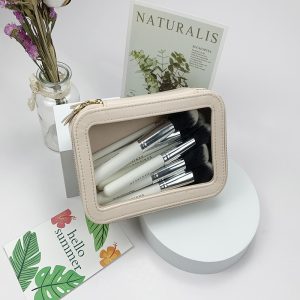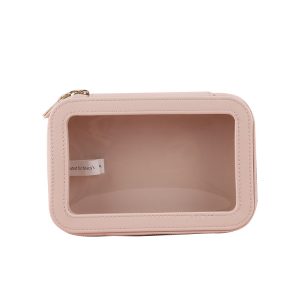1. First of all, it is necessary to see whether the appearance of the plastic bag has a “food use” mark. Usually this logo should be on the front of the packaging bag, a more eye-catching position. Secondly, look at the color. Generally speaking, colored plastic bags mostly use recycled materials from waste plastics and cannot be used for food. For example, some black plastic bags used to hold fish, shrimp and other aquatic products or meat in some vegetable markets were originally used to hold garbage, and consumers should avoid using them. Finally, plastic packaging manufacturers must look at the presence or absence of impurities in the plastic bags. Put the plastic bag in the sun or light to see if there are black spots and openings. Plastic bags with impurities must use waste plastics as raw materials.
2. Smell the plastic bag for any peculiar smell, whether it makes people feel sick. Qualified plastic bags should be odor-free, and unqualified plastic bags will have various flavors due to the use of additives.
3. Qualified plastic bags have a certain strength and will not break as soon as they are torn; unqualified plastic bags are often weak in strength due to the addition of impurities and are easy to break.
4. When the qualified plastic bag shakes, it will make a crisp sound; the unqualified plastic bag often has a “buzzing” muffled noise.
5. Put the plastic bag in the water and press it to the bottom of the water by hand. Wait for a while, the one that rises to the surface is the non-toxic plastic bag, and the one that sinks to the bottom is the toxic plastic bag.
6. Touch the surface of the plastic bag with your hand, it is smooth and non-toxic. If the color is mixed, sticky and astringent to the touch, it is toxic.
7. Burning: Cut a corner of the plastic bag, put it on the fire, and burn it non-toxic. It will continue to burn after leaving the fire, and a yellow flame will appear, and the molten plastic will drop drop by drop like a candle. , Emits a paraffin odor; toxic, not easy to burn, after burning, it turns into a green flame, and there is a peculiar smell of choking nose.
Plastic bags contain less hot and oily food. Of course, under the premise that you are not sure whether plastic bags are safe, plastic packaging manufacturers avoid using them to contain overheated or oily foods, which is one of the ways to reduce the hazards. Experts say that unsafe plastic bags mainly contain harmful substances such as dyes and heavy metals. The oil contained in oily foods such as meat, fish, and fried dough sticks is actually a kind of solvent, which can cause harmful substances in plastic bags to precipitate; while high temperature will soften the plastic, it can also promote the precipitation of harmful substances, leading to poisoning. Therefore, it is relatively safer to store vegetables or frozen food at room temperature. Of course, always try to avoid using plastic bags for food. You can bring your own basket or cloth bag when buying vegetables. When you have to use it, you should also take out the food in the plastic bag as soon as possible after returning home.








